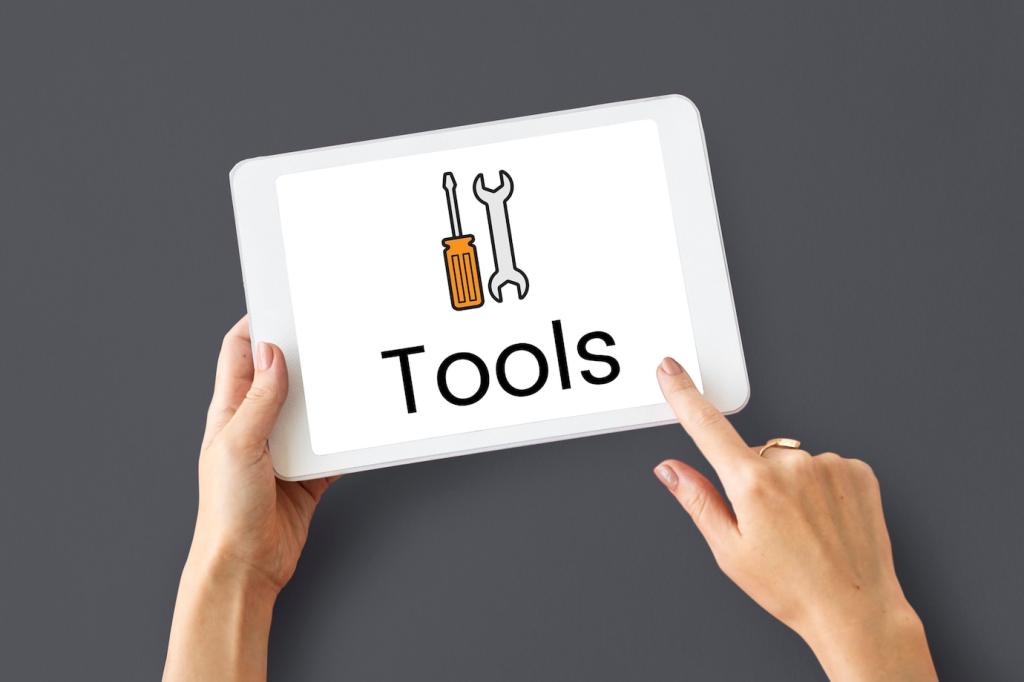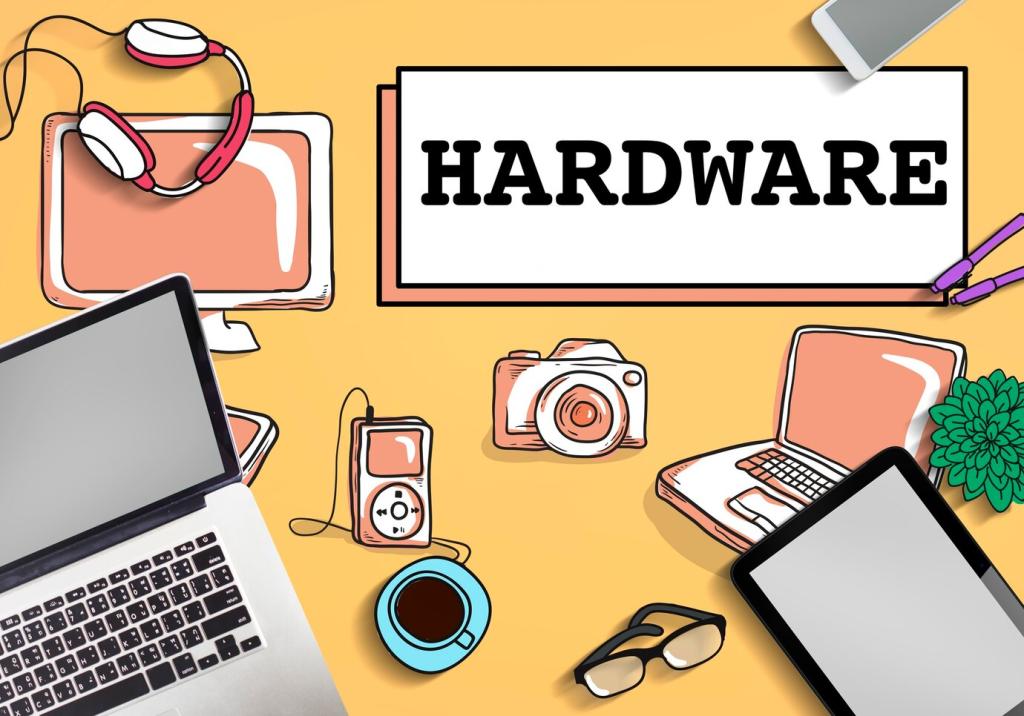Harnessing Plugins and Native Capabilities
Start with camera, file, geolocation, clipboard, and vibration—battle-tested plugins with solid community backing. Confirm permission prompts and failure paths, and always provide graceful fallbacks so your Cordova app remains usable even when a device denies or only partially supports capabilities.
Harnessing Plugins and Native Capabilities
Look for active maintenance, recent releases, clear documentation, and reliable issue responsiveness. Test across your minimum OS versions and physical devices. Prefer fewer, well-supported plugins over novelty, and pin versions to avoid surprise regressions as mobile operating systems evolve.
Harnessing Plugins and Native Capabilities
When no plugin fits, scaffold a custom one that exposes a narrow native function. Keep interfaces tiny, document parameters and error cases, and include a demo page. Start with Android, then port to iOS, ensuring consistent results and aligned error semantics across platforms.
Harnessing Plugins and Native Capabilities
Lorem ipsum dolor sit amet, consectetur adipiscing elit. Ut elit tellus, luctus nec ullamcorper mattis, pulvinar dapibus leo.











